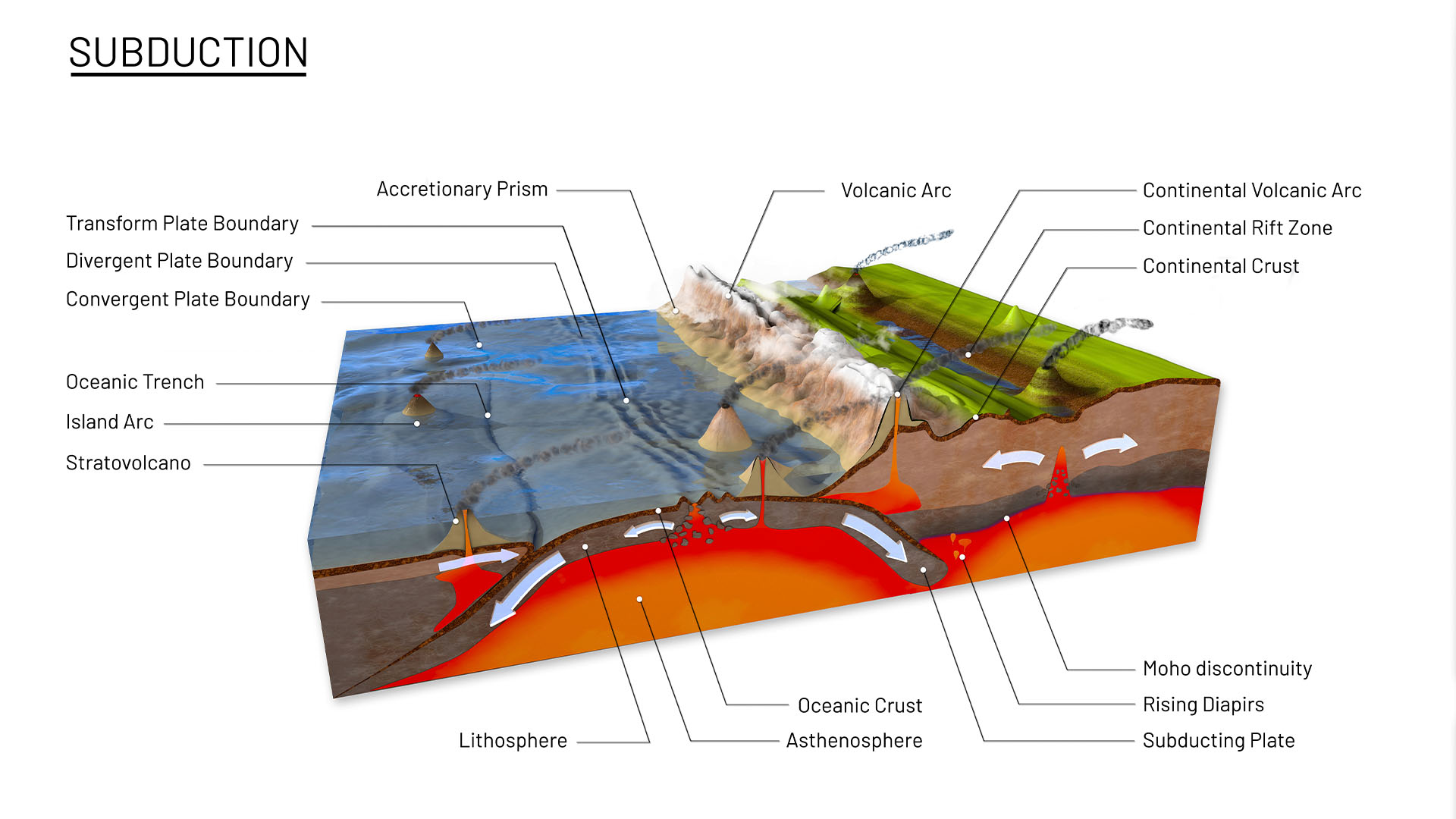
Sea levels are rising as climate change rapidly melts glaciers and ice sheets and the water within the oceans expands in a warming world. But have sea levels ever been higher than they are today? And when were they the highest?
In short, sea levels have easily been higher than they are today. But it's still unclear exactly when they were at their highest, although scientists have a few ideas.
Within the past half-billion years, sea levels likely peaked 117 million years ago, during the Aptian age. At this time, which was part of the Cretaceous period (145 million to 66 million years ago), sea levels were around 700 feet (200 meters) higher than they are today, according to a 2022 study in the journal Gondwana Research.
"Over the past 540 million years, the highest sea levels were in the Cretaceous, at the time when the dinosaurs were walking the Earth," Douwe van der Meer, the study's lead author, an exploration geoscientist in the oil and gas industry and a guest researcher at Utrecht University in the Netherlands, told Live Science. "Beyond that, it's basically speculation," Jun Korenaga, a professor of Earth and planetary sciences at Yale University, told Live Science.
Korenaga's research suggests that sea levels were higher much earlier in Earth's roughly 4.5 billion-year-old history, when the first continents were still forming and Earth's surface was nearly devoid of dry land.
In the short term, sea level is a function of melting ice. For instance, when Antarctica's "Doomsday" Thwaites Glacier melts, the entire West Antarctic Ice Sheet may collapse, increasing the average global sea levels by around 11 feet (3.4 m). In the long term, shifting continents and a stretching seafloor also come into play. And then there's the curveball: Korenaga believes the early oceans held more water than they do today. Since the planet's genesis, oceans may have been slowly draining into the Earth's mantle.
Related: How will sea levels change with climate change?
Get the world’s most fascinating discoveries delivered straight to your inbox.
The last time seas were above their current height was around 120,000 years ago, during the Last Interglacial period (130,000 to 115,000 years ago), when modern humans still shared the planet with our Neanderthal and Denisovan cousins. At this time, a warmer climate caused Antarctic ice to melt, causing sea levels to peak about 20 feet (6 m) above their current average.
Back then, the climate was warming due to predictable changes in the Earth's orbit. In modern times, ice is melting because humans are burning fossil fuels, quickly increasing the amount of planet-warming carbon dioxide and other greenhouse gases in the atmosphere. Either way, melting ice means higher seas.Throughout both periods, however, Earth has been in a long ice age, during which the planet has had polar ice caps. Between major ice ages, Earth can lose its polar ice.
When Earth is completely (or even nearly) ice-free, sea levels can reach 10 times that of the Last Interglacial period. "If you go back by about 50 million years ago, there's no ice on Greenland; there's no ice on Antarctica," van der Meer said. "You had a sea level rise of about 70 meters [230 feet]."
And while seas levels are highest when ice levels are lowest, that doesn't fully explain the high seas during the Cretaceous, when 30% of today's dry land was underwater, van der Meer said. At that time, plate tectonics also played a role. Specifically, van der Meer estimated that sea levels were highest around the time South America was moving away from Africa, from around 200 million to 100 million years ago.
Those continents were pushed apart as the South Atlantic Ocean was forming between them. According to van der Meer, newer oceans tend to be shallower than the oceans they replace. Above a layer of hot, semiliquid rock called magma lies Earth's crust, which is divided into large plates that slide around. Magma that comes to the surface can solidify into new crust. When it does, it can push the edge of an older plate back down to make space.
Old oceanic crust is dense; it presses down on the magma beneath, resulting in deep oceans, van der Meer said. Newer crust has had less time to solidify; it's more buoyant, so newer oceans are shallower. That impacts sea level. "It's a bit like a bathtub," van der Meer said: A shallow tub holds less water, so sea levels go up.
The Cretaceous combined a lack of polar ice with shallow oceans for the highest sea levels in the past half-billion years. That time span, the Phanerozoic eon (541 million years ago to present), is our best studied, as it is when complex life — and fossils — became common. Some of those fossils turned into oil and gas reserves, and fossil fuel companies have long studied past sea levels to know where to find them, Korenaga said.
Scientists' data collection and the geologic record itself both get sparser further back. Korenaga studies the murky Hadean and Archean eons, the earliest parts of Earth's history.
High levels of radioactive compounds in early rocks suggest that early continents were hotter, weaker and not yet strong enough to hold their shape, Korenaga said. Until continents solidified, volcanic islands may have been the only dry land.
In a paper in the journal Philosophical Transactions of the Royal Society A, Korenaga and colleagues estimated that Earth's surface initially held twice as much water as it does today. Like the oceanic plates themselves, water can cycle in and out of the magma beneath Earth's crust. Korenaga's math suggests a net loss of water from surface oceans over billions of years.
If that's true, then while the seas will continue to rise, their highest days are likely in the past. Earth's early seas were the highest, because there was simply more water to go around.
Meg Duff is a freelance science journalist and audio producer based in Brooklyn. She holds an M.F.A from New York University's Arthur L. Carter Journalism Institute. Her stories have also appeared in Slate Magazine, Scientific American, MIT Technology Review, and elsewhere.





